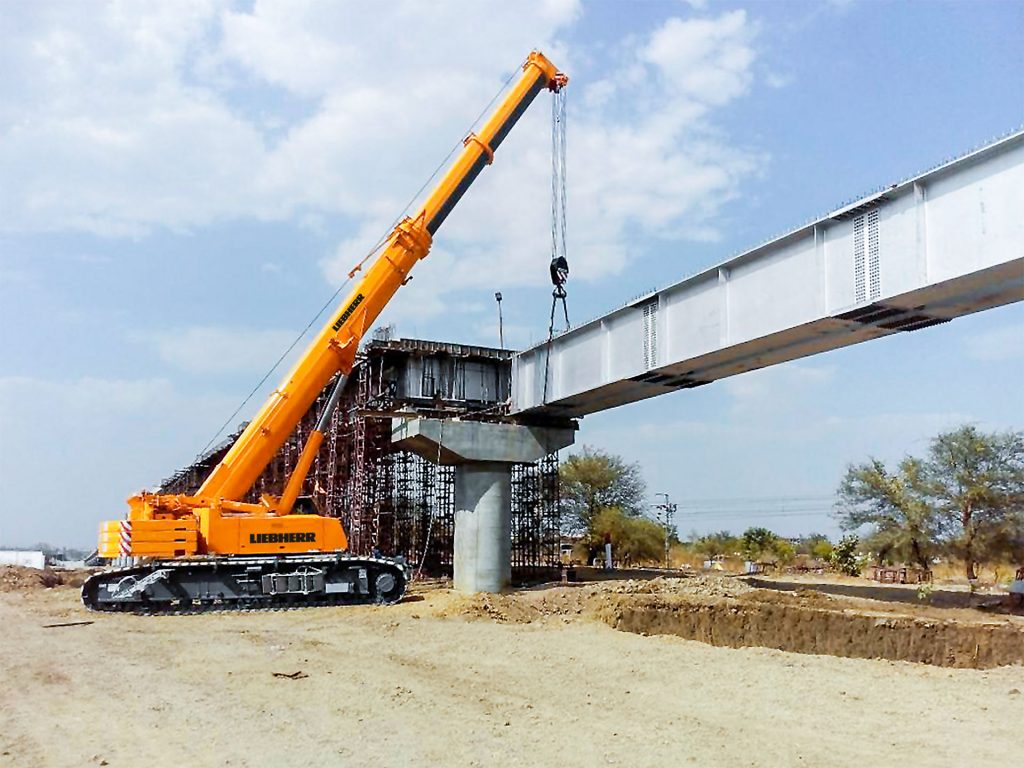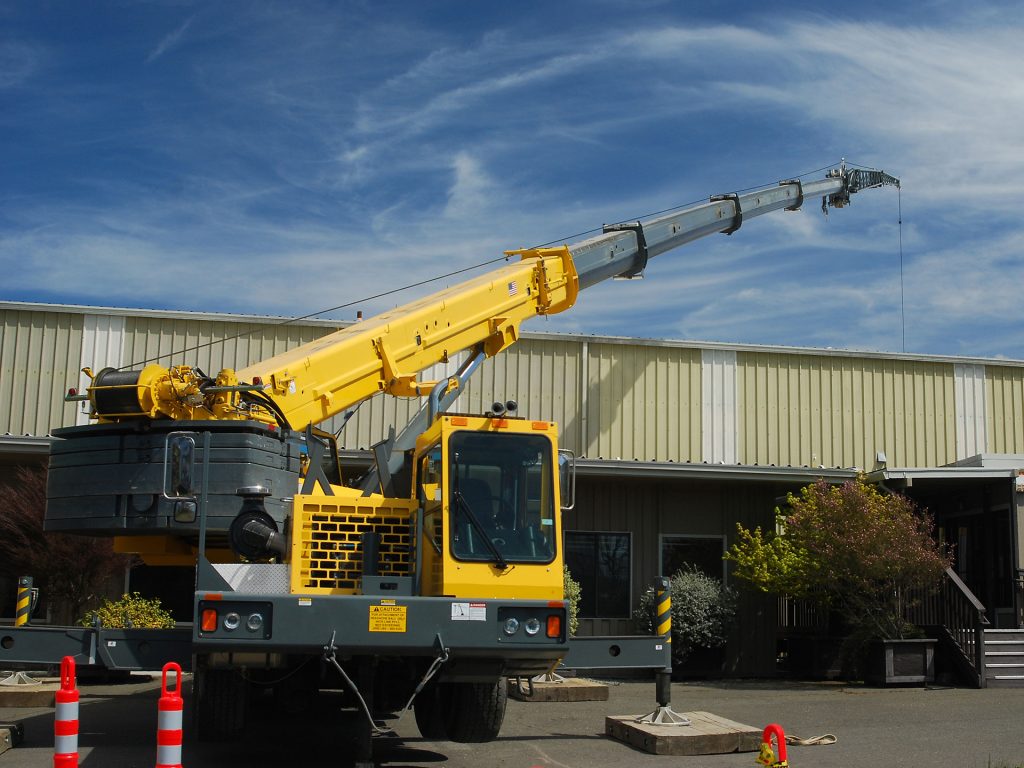Mobile cranes are essential for construction projects worldwide. These versatile machines are instrumental in lifting and moving heavy loads in various settings, from building sites to ports and infrastructure projects.
At the heart of a mobile crane is its chassis, which provides the necessary stability and mobility. Mounted on this chassis is the crane’s telescopic boom, which can extend and retract to reach different heights and distances. The boom is often made of high-strength steel to withstand the stresses of lifting heavy loads.
Hydraulic cylinders control the extension and retraction of the boom, as well as other movements such as lifting and lowering loads and rotating the crane. Hydraulic pumps generate the pressure needed to operate these cylinders, while valves control the flow of hydraulic fluid to different parts of the system.
Another essential component of mobile cranes is the counterweight. Because cranes lift heavy loads at considerable heights, they must counterbalance the weight of the load to maintain stability. Counterweights are typically located at the rear of the crane and can be adjusted depending on the load being lifted.
Mobile cranes come in various configurations, including truck-mounted, rough-terrain, and all-terrain models. Truck-mounted cranes are mounted on a standard truck chassis, providing easy mobility on roads and highways. Rough-terrain cranes feature robust tires and are designed for off-road use, making them suitable for rough and uneven terrain. All-terrain cranes combine the capabilities of truck-mounted and rough-terrain cranes, offering versatility across different environments.
The operation of a mobile crane begins with setting up the crane on the worksite. This involves deploying outriggers or stabilizers to provide additional support and prevent the crane from tipping over during lifting operations. Once the crane is stable, the operator can extend the boom and position the crane for lifting.
Lifting operations require careful planning and coordination to ensure safety and efficiency. The crane operator communicates with ground personnel using hand signals or radio communication to guide the positioning of the load. Using the crane’s controls, the operator lifts the load smoothly and precisely, taking into account factors such as wind conditions and load dynamics.
After lifting the load, the crane may need to be repositioned to place the load at the desired location. This may involve rotating the crane or extending/retracting the boom to reach the destination. Once the load is safely deposited, the crane can be disassembled and moved to another location if necessary.
Mobile cranes play an important role in various industries, including construction, manufacturing, and logistics. They are often used in conjunction with crane rental services, which provide access to cranes without the need for companies to purchase and maintain their own equipment. Hamilton crane service offers flexibility and cost-effectiveness, allowing businesses to scale their crane usage according to project requirements.
Mobile cranes are complex machines that rely on hydraulic systems, sturdy construction, and precise controls to lift and move heavy loads safely and efficiently. Their versatility and mobility make them indispensable tools in construction projects and other industries.
Streamline Business Operations with Crane Rentals
By understanding how mobile cranes work, businesses can harness their capabilities to enhance productivity and streamline operations, often with the support of crane rental services. We have an exceptional range of cranes for different uses and applications. Contact us today for all your crane rental needs in Hamilton and its surrounding areas.
For more updates, you can follow us on Facebook.



